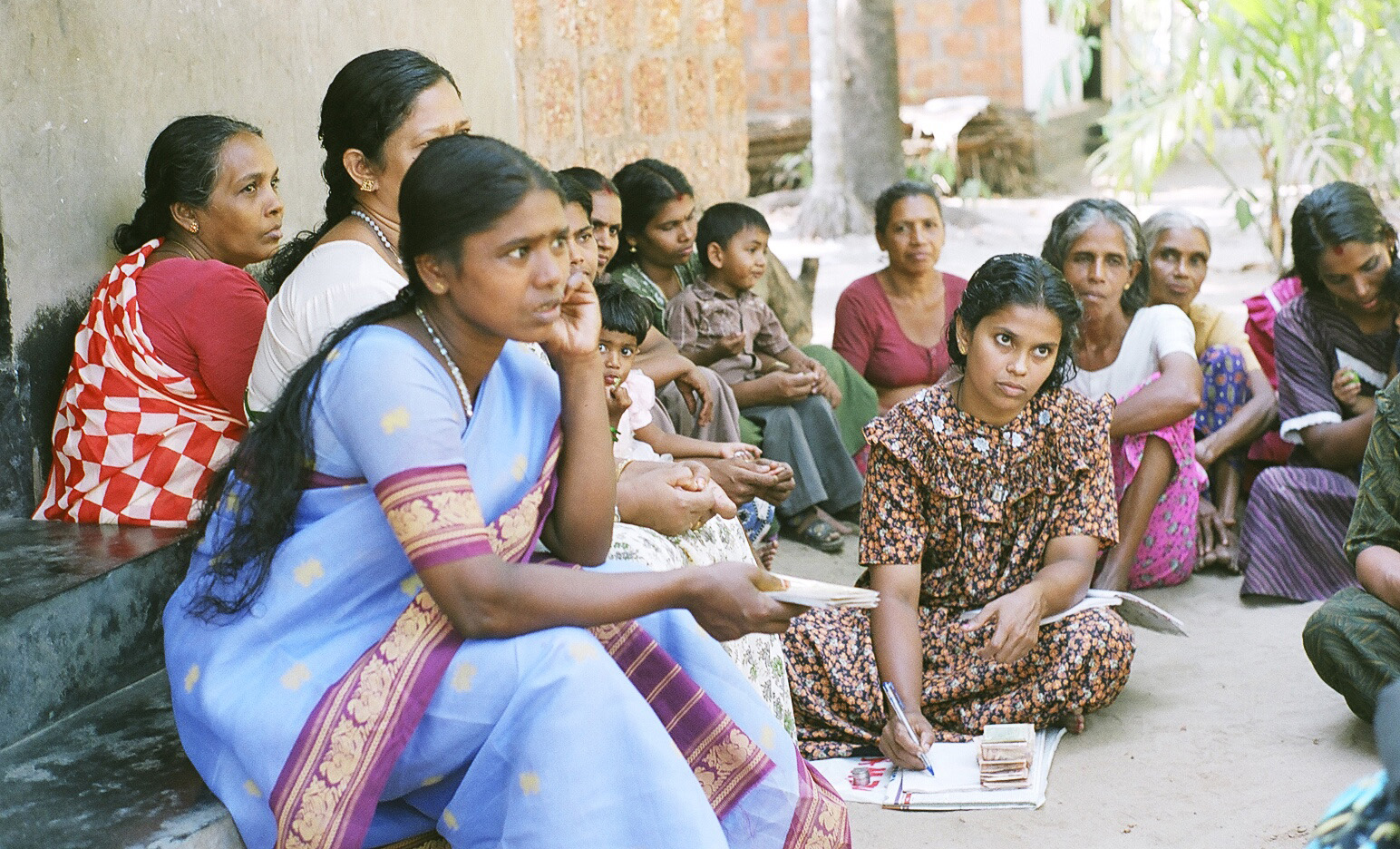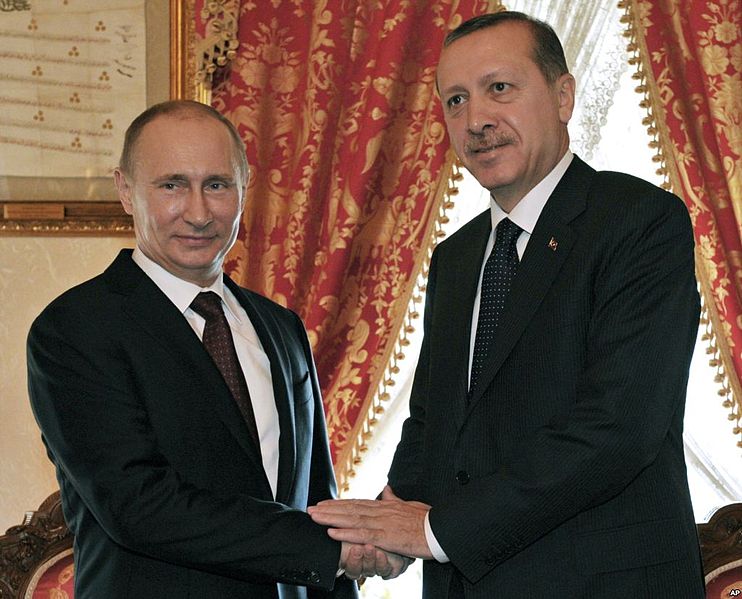M
icrocredit frenzy reached fever pitch in 2006 when the Nobel Peace Prize was awarded to Grameen Bank and its founder, Bangladeshi economist Muhammad Yunus. The new sector’s growth had been remarkable. Since its origins in the 1980s, microfinance had expanded to encompass US$1.5 billion in assets in 2006 – no small feat for an industry that prides itself on a median loan size of US$408 in its home country of Bangladesh.
The Nobel Committee’s press release for the 2006 Peace Prize was broadly laudatory, crediting Yunus and Grameen Bank with demonstrating that “even the poorest of the poor can work to bring about their own development” and calling microcredit “an important liberating force in societies where women in particular have to struggle against repressive social and economic conditions.” Microcredit, small loans extended to the extremely poor to support small business ventures, seemed to be the market-based silver bullet that development economists had been searching for to alleviate extreme poverty in underdeveloped countries.
However, a multitude of papers have since been released that call into question the true impact of microcredit on development indicators in countries where it has been widely implemented. A 2009 working paper disseminated by the Center for Global Development found that conclusive statistical evidence in favour of microfinance proponents’ claims is essentially non-existent in the current literature. In particular, the paper found that the only situations in which microcredit led to meaningful increases in income were when loans were granted to relatively affluent male villagers. While this is not a total refutation of the value of microcredit, it does not support its claims of being a tool for female empowerment or the reduction of extreme poverty.
A 2013 paper by Sujata Balasubramanian contributed a game-theoretic model in which women are in fact left worse off by the provision of microcredit. This model posits a vast gap in bargaining power between husband and wife – divorced women are rarely able to remarry and reap the economic benefits of marriage, while men face no such constraints, rendering divorce a credible threat that may be employed by husbands. Given the existence of such a gap, Balasubramanian’s model finds that it is in the interest of an opportunistic husband to coerce his wife into obtaining microcredit and appropriating it for his own ends. This result is supported by empirical data. A study referenced by the paper suggests that 67% of loans offered to women are invested in assets controlled by their husbands, and that in 82-88% of such cases, the woman is required to perform additional wage labour to repay these loans. Additionally, in one survey of female borrowers from Grameen Bank, 70% reported an increase in aggressive behaviour from their husbands after the wives obtained loans. Such phenomena suggest that microcredit may in fact lead to the further disempowerment of women in nations with entrenched patriarchal norms.
Though there has been much optimism regarding the potential of microcredit to lift the citizens of underdeveloped nations out of extreme poverty, such sentiment appears to be unwarranted. Early studies showing statistically significant positive outcomes for microcredit have not been successfully replicated. Additionally, microfinance has been subject to abuse by men seeking to obtain further credit for their businesses through their wives, who are often made to repay loans which do not benefit them.
This is not to say that microfinance does not have its merits. It is undoubtedly useful as a complement to existing financial products in underdeveloped countries. However, microcredit is not likely to single-handedly eliminate extreme poverty. While innovative, this approach must be coupled with traditional development policies to produce meaningful positive outcomes.




